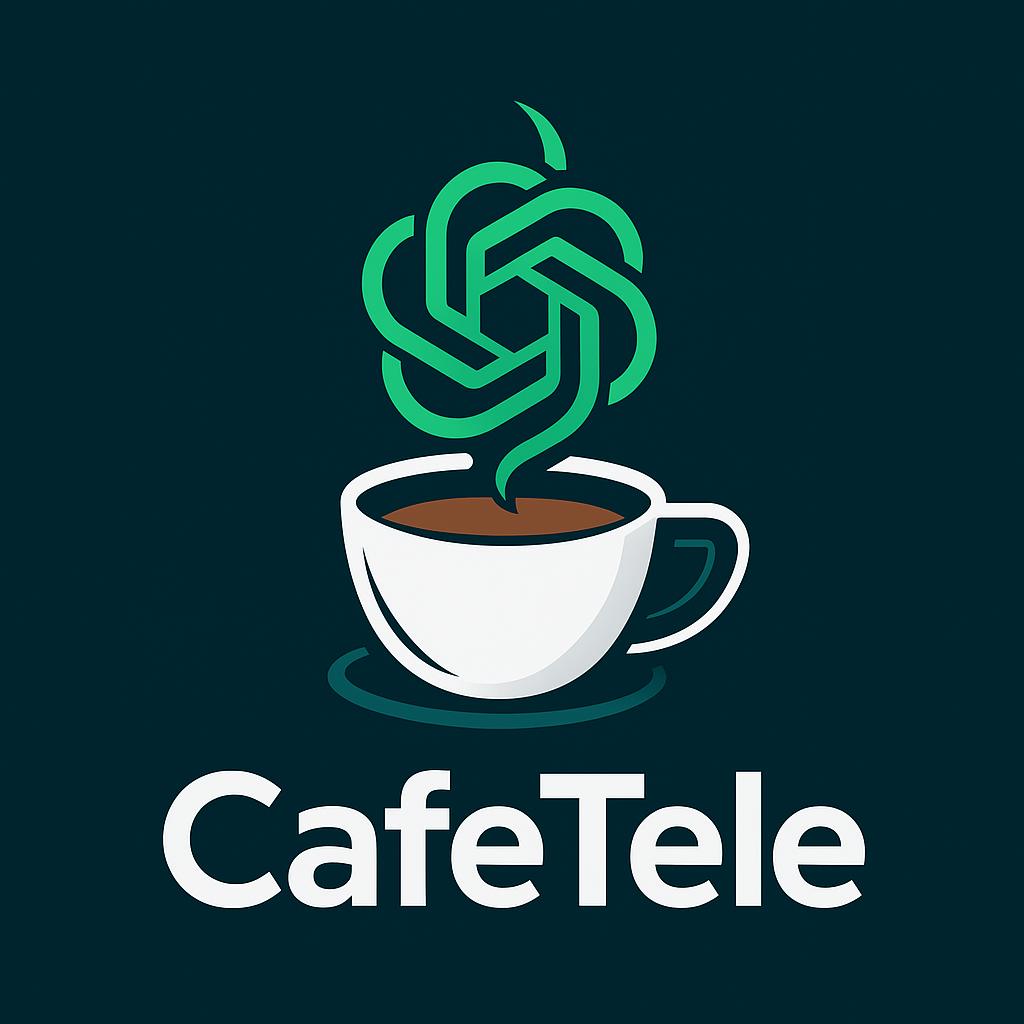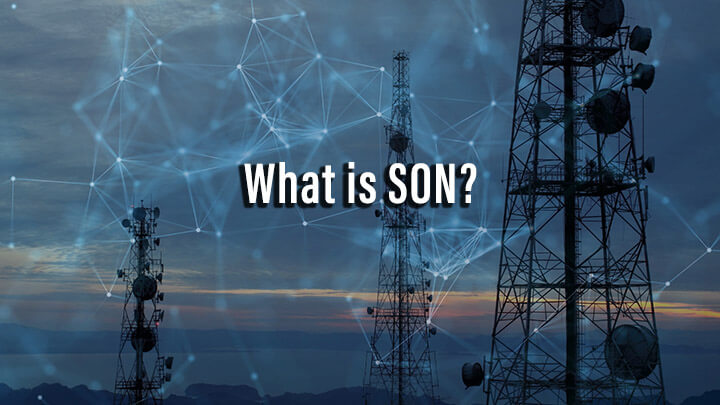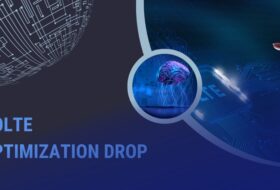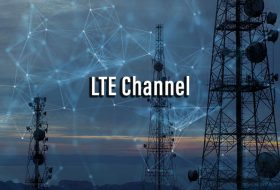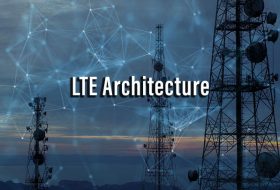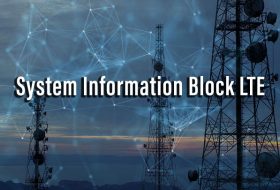SON (Self Organizing Network) solutions can be divide into three categories:
- Self-Configuration.
- Self-optimisation
- Self-Healing
The SON architecture can be a centralize, distribute or a hybrid solution.
SELF-CONFIGURATION: This is the dynamic plug-and-play configuration of newly deployed eNBs. The eNB will by itself configure the Physical Cell Identity, transmission frequency, and power, leading to faster cell planning and rollout.
The interfaces S1 and X2 are dynamically configuring, as well as the IP address and connection to IP backhaul. To reduce manual work ANR (Automatic neighbour relations) is used. ANR configures the neighbouring list in newly deployed eNBs and is optimizing the list configuration during operation.
Self-optimization: Functions for self-optimisation are mainly include in Release 9. It includes optimisation of coverage, capacity, handover and interference. Mobility load balancing (MLB) is a function where cells suffering congestion can transfer load to other cells, which have spare resources. MLB includes load reporting between eNBs to exchange information about load level and available capacity.
SELF-HEALING: Features for automatic detection and removal of failures and automatic adjustment of parameters are mainly specified in Release 10.
Coverage and Capacity Optimization enables automatic correction of capacity problems depending on slowly changing the environment, like seasonal variations.
Minimization of drive tests (MDT), is enabling normal UEs to provide the same type of information as those collected in the drive test. A great advantage is that UEs can retrieve and report parameters from indoor environments.
